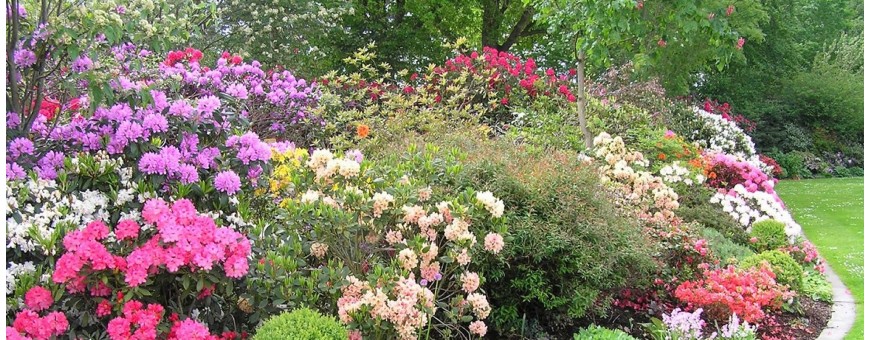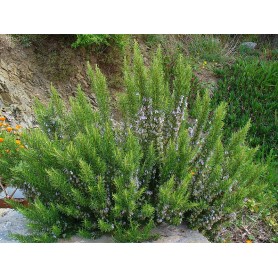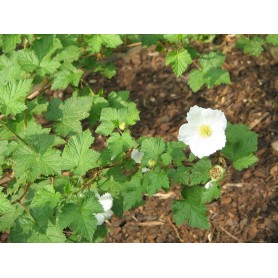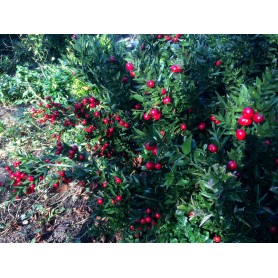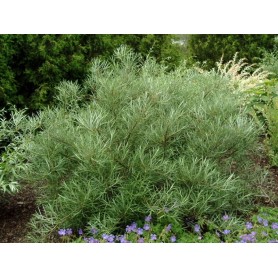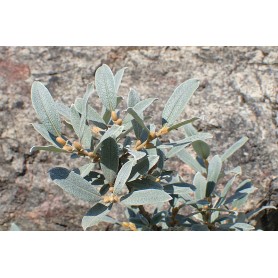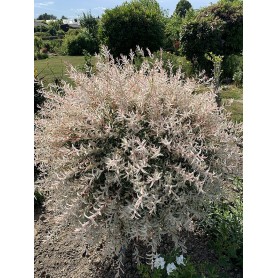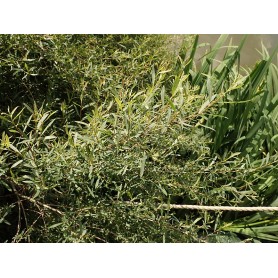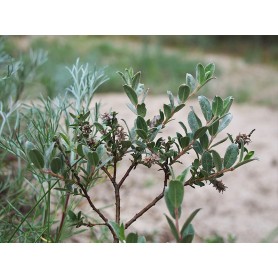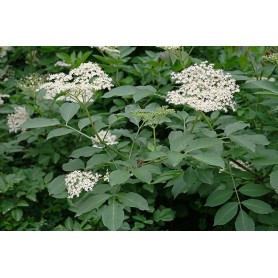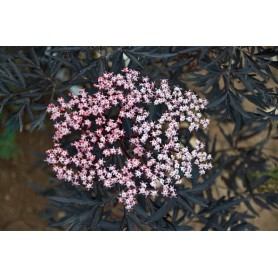Rosmarinus officinalis
Rosmarinus officinalis, or common rosemary, is a relatively small evergreen shrub with an upright form from southern Europe. The glossy, dark green, almost needle-like leaves are very aromatic and have downy hairs on the underside. From April to May, the plant blooms with lilac, light purple, sometimes almost white flowers. In the coastal region, the flowers are usually smaller. Rosemary likes a sheltered position in full sun and preferably not too acidic, well-drained soil. The plant is reasonably hardy, very drought tolerant, also tolerates sea wind and air pollution well and is not bothered by diseases or pests. Regular pruning is recommended to prevent excessive lignification and the shrub falling open.
€5.77


